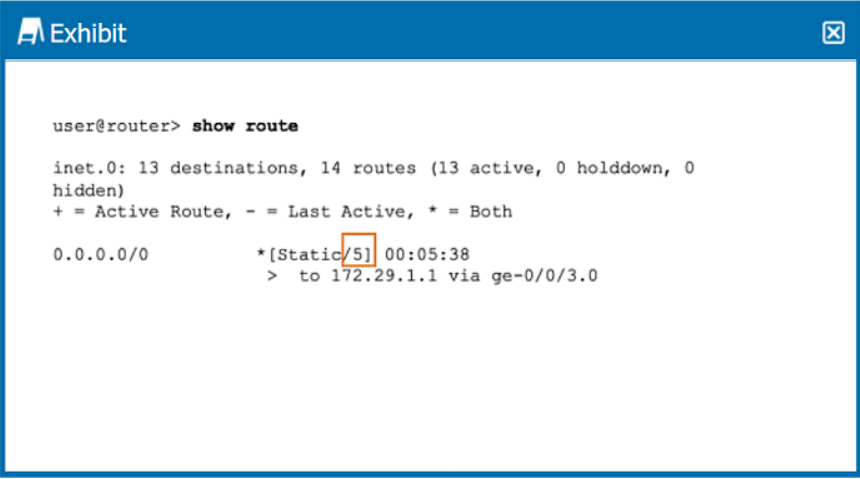Master Juniper JN0-105 Exam with Reliable Practice Questions
Your network infrastructure transports data, voice, and video traffic. Users are complaining that voice and video calls are not performing to their expectations.
In this scenario, which technology would you implement to improve voice and video performance on your network?
Correct : B
In a network that carries diverse types of traffic like data, voice, and video, ensuring the performance of latency-sensitive applications such as voice and video calls is crucial. Class of Service (CoS) is a technology designed to prioritize network traffic, ensuring that critical applications like voice and video receive the necessary bandwidth and minimal latency. CoS mechanisms can include traffic classification, traffic policing, queue management, and scheduling. By implementing CoS, network administrators can assign higher priority to voice and video traffic, thus improving their performance across the network and addressing the users' complaints about call quality.
Start a Discussions
A network administrator is attempting to route traffic on a Juniper switch to one of three different VLANs: Prod, Test, and Dev. Each VLAN has been assigned a numerical value.
In this scenario, what are these numerical values called?
Correct : D
In the context of VLANs (Virtual Local Area Networks) on a Juniper switch, the numerical values assigned to each VLAN, such as those for Prod, Test, and Dev, are known as VLAN tags. These tags are part of the 802.1Q VLAN standard, which allows multiple VLANs to coexist on a single physical network. Each tag uniquely identifies the VLAN to which a frame belongs, enabling the switch to segregate and manage traffic based on VLAN membership. This tagging mechanism allows for efficient traffic separation and management, ensuring that devices within one VLAN do not receive traffic intended for another, thus maintaining network security and efficiency.
Start a Discussions
Which two statements are correct regarding Layer 2 network switches? (Choose two.)
Correct : B, C
Layer 2 network switches are crucial components in local area networks (LANs), providing multiple functions for data packet forwarding and network segmentation. One inherent characteristic of switches is their susceptibility to traffic loops, especially in networks with redundant paths. Without proper loop prevention protocols like Spanning Tree Protocol (STP), loops can cause broadcast storms and network instability. Additionally, switches inherently flood broadcast traffic to all ports within the broadcast domain, except the port on which the broadcast was received. This is because broadcast frames are meant to be delivered to all devices within the VLAN, and the switch ensures this by flooding these frames to all ports in the VLAN, except the source port.
Start a Discussions
Click the Exhibit button.

Referring the exhibit, what does the highlighted number indicate?
Correct : A
In the exhibit shown, the highlighted number next to the route type (Static) within the square brackets indicates the route preference, also known as the administrative distance. In Junos, the route preference is a value that determines the priority of the route source. Lower numbers indicate a higher priority when the routing table is being calculated. The route preference is used to select the best route when multiple paths to the same destination exist from different routing sources. The number 5 is unusually low for a static route by default, suggesting it has been manually configured to override other route types.
Start a Discussions
Which prompt indicates that you are using configuration mode?
Correct : C
In Junos OS, the # prompt indicates that you are in configuration mode. This mode is used for making changes to the configuration of the device.
'The # prompt indicates that you are in configuration mode.'
Start a Discussions